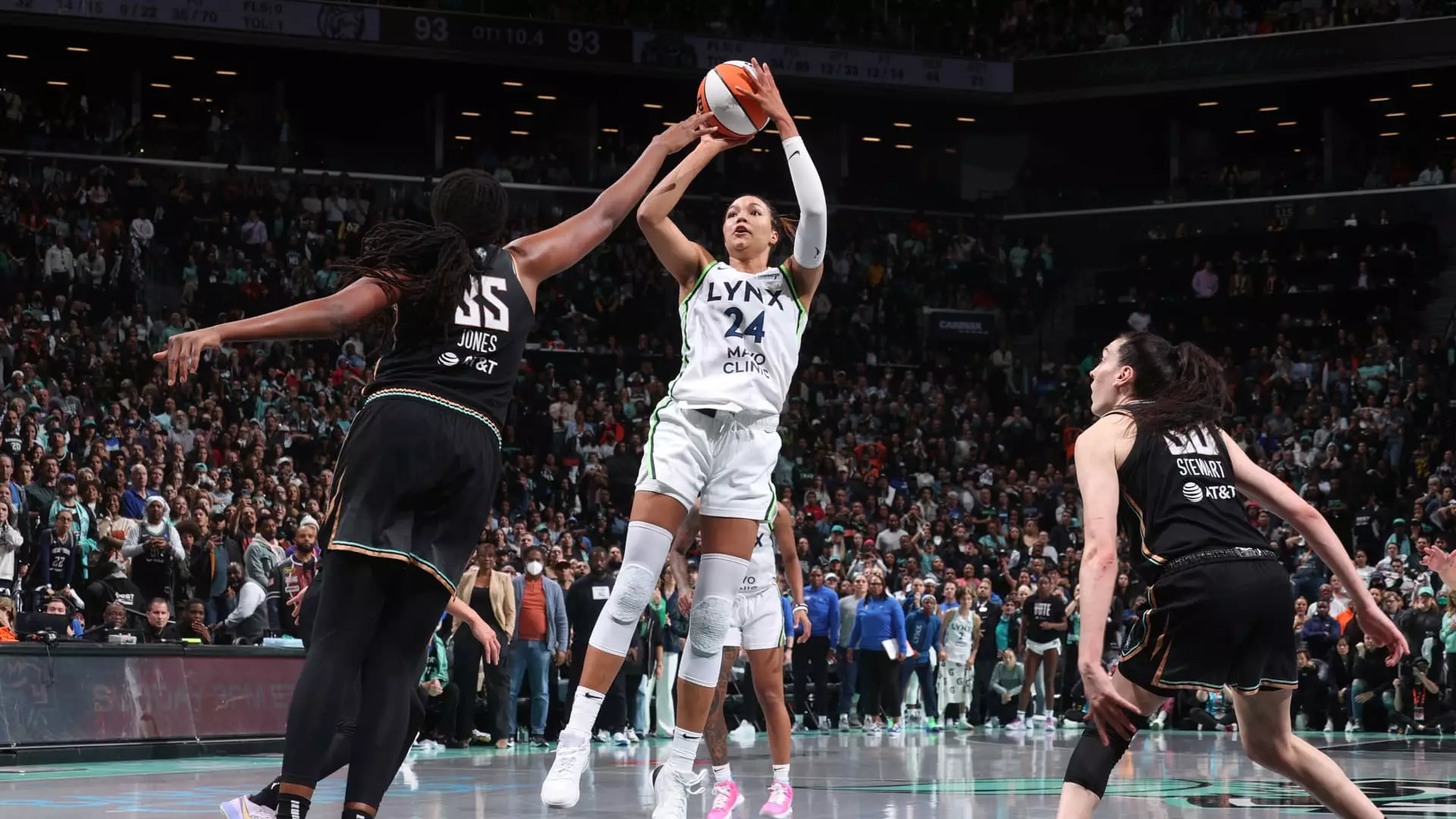The WNBA’s recent announcement to expand the league with three new teams in Cleveland, Detroit, and Philadelphia is undoubtedly a watershed moment — a bold and ambitious push designed to increase the league’s footprint in major U.S. cities steeped in basketball history. Yet beneath the celebratory headlines lies a more complicated and risk-laden scenario that deserves scrutiny. While league leadership champions this as a “monumental day,” with a vision of growth and inclusivity, it’s important to question whether the WNBA, despite its commendable strides, is prematurely stretching its resources and market potential. The move to grow from 13 teams to 18 over the next five years represents more than just expansion; it’s a transformational decision whose consequences could significantly shape the league’s trajectory — for better or worse.
The Challenge of Reviving Markets with Troubled Histories
Taking a close look at the chosen cities reveals a mixed bag rather than a guaranteed recipe for success. Cleveland and Detroit, in particular, come with histories that are both inspiring and cautionary. Cleveland was an original WNBA city with the Rockers but saw the franchise fold in 2003 after poor attendance and financial losses. Detroit’s story is somewhat more encouraging, boasting the decorated Shock franchise, which enjoyed both competitive success and solid fan engagement before relocating in 2009 due to ownership changes and market shifts. Reviving women’s professional basketball in these cities is a noble goal, yet it must be done with clear strategies to avoid repeating past failures. Unlike NBA teams, WNBA franchises don’t yet enjoy the financial insulation that comes from enormous television contracts or sponsorships. Therefore, the ownership groups will need not only passion but also innovative business models focused on community engagement, grassroots support, and financial sustainability.
Massive Franchise Fees: Progress or Pressure?
The reported $250 million franchise fee per team — the highest in WNBA history — is a double-edged sword. On one hand, it signals a growing valuation of women’s basketball and a serious commitment from ownership groups, especially those linked to NBA franchises. But on the other, such high fees could introduce unsustainable financial pressure on these new entrants. In a league where profitability remains a significant challenge, particularly with fluctuating attendance and limited media revenue, will these fees translate into greater investment in player compensation, facilities, and marketing? Or could the financial burden trickle down to affect the quality of the product and the player experience? The league’s leadership needs to ensure that this influx of capital is efficiently leveraged toward long-term growth, not just short-term financial gains.
Geographic Expansion vs. Market Saturation
The WNBA’s choice to integrate Philadelphia — a city well served by an existing NBA franchise and a competitive sports market—may signal a step into a crowded ecosystem. While Philadelphia’s deep basketball culture is undeniable, carving out space in a city with passionate fans competing for attention across multiple sports, including the formidable NFL and MLB, isn’t simple. Detroit and Cleveland, with their economic challenges, also raise questions about disposable income among potential fan bases, especially for a league that has historically struggled to tap into mainstream sports consumption. The league faces a delicate balancing act: expanding its brand presence without diluting the quality of competition or losing focus on existing teams’ development.
The Great Unknown: Will This Spur Renewed Fan Engagement?
Expansion announcements often generate buzz and momentary enthusiasm, but the real test lies in sustaining genuine fan engagement over time — a factor that has historically been the stumbling block for women’s professional sports leagues. The WNBA’s leadership and ownership will need to innovate aggressively in how they foster community connections, utilize digital platforms to reach younger and diverse audiences, and secure robust media coverage beyond niche markets. It’s positive that some ownership groups align with NBA franchises, potentially leveraging existing resources, but that doesn’t guarantee success. This league expansion should be viewed as a high-stakes experiment; if mismanaged, it could exacerbate inequalities within the league, create uneven competitive balance, and disappoint both fans and players craving a viable professional platform.
The WNBA’s courageous expansion decision is a double-edged sword—heralding promising growth but fraught with pitfalls. It’s not merely about adding teams or collecting franchise fees. The league stands at a crossroads where its ambition must be carefully matched with strategic execution to avoid alienating fans, stretching financial resources too thin, or repeating mistakes from its past. The next half-decade will reveal whether this bold move is a masterstroke of progress or an overzealous leap that the league may regret.

